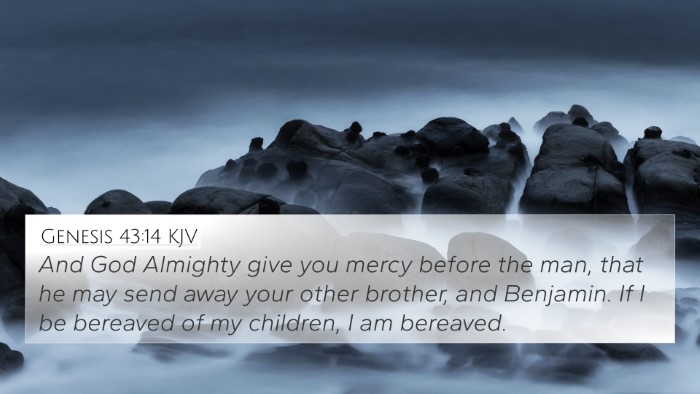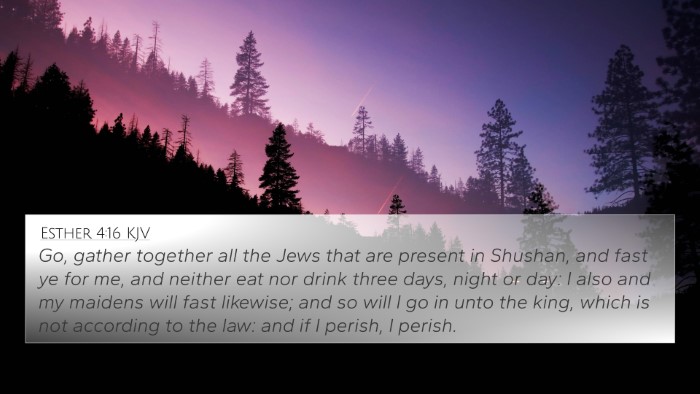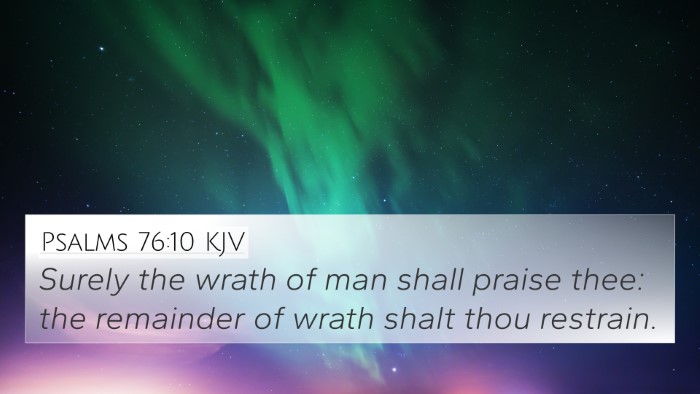Understanding John 19:22
In the Gospel of John 19:22, we encounter a pivotal moment in the crucifixion narrative, where Pilate responds to the chief priests about the inscription he has written for Jesus. This verse reads:
"What I have written, I have written."
This statement reflects Pilate's firm decision regarding the charge against Jesus, emphasizing the finality of his ruling. Below, we delve into various commentaries to gain deeper insights into this passage.
Commentary Insights
-
Matthew Henry's Commentary
Henry remarks on Pilate's unapologetic stance in his declaration. The inscription, "Jesus of Nazareth, King of the Jews," served to highlight both the mockery and the truth of Christ’s kingship. Henry suggests that Pilate, despite his resistance to crucifying Jesus, ultimately acknowledges the truth in some capacity through the inscription.
-
Albert Barnes' Notes on the Bible
Barnes emphasizes the political implications of Pilate's statement, indicating that he intended to provoke the Jewish leaders. His firmness and insistence on the inscription suggest a measure of defiance against their wishes. Barnes also provides cross-references linking this moment to Jesus’ claim of kingship, pointing out parallels in Luke 23:38 and Matthew 27:37.
-
Adam Clarke's Commentary
Clarke interprets the verse as Pilate's remark showcases the inevitability of Jesus’ crucifixion. He notes that Pilate finds himself entrapped by the very legal processes he sought to navigate. Clarke connects this idea with the broader theme of the rejection of Jesus by His own people, highlighting Isaiah 53:3 which predicts the Messiah's suffering.
Connections to Other Bible Verses
This verse connects strongly with several other passages, enhancing our understanding of the narrative:
- Matthew 27:37 - “And they put up over his head his accusation written, THIS IS JESUS THE KING OF THE JEWS.”
- Mark 15:26 - “And the superscription of his accusation was written over, THE KING OF THE JEWS.”
- Luke 23:38 - “And a superscription also was written over him in letters of Greek, and Latin, and Hebrew, THIS IS THE KING OF THE JEWS.”
- Isaiah 53:3 - “He is despised and rejected of men; a man of sorrows, and acquainted with grief: and we hid as it were our faces from him; he was despised, and we esteemed him not.”
- John 18:37 - “Pilate therefore said unto him, Art thou a king then? Jesus answered, Thou sayest that I am a king.”
- Philippians 2:9-11 - “Wherefore God also hath highly exalted him, and given him a name which is above every name... that every tongue should confess that Jesus Christ is Lord…”
- Revelation 19:16 - “And he hath on his vesture and on his thigh a name written, KING OF KINGS, AND LORD OF LORDS.”
Exegetical Analysis
This verse not only depicts a historical and legal decision but also serves as a theological statement about the identity of Christ. Pilate’s inscription indirectly affirms Jesus as the King, despite the intent to mock Him.
Understanding this moment leads us to explore the Bible verse cross-references that illuminate the multifaceted nature of Jesus’ kingship throughout Scripture.
Thematic Implications
The theme of rejection and public humiliation of Jesus is central here. It relates to the broader narrative of the Scriptures that detail God's plan for salvation even amid human opposition. Thematic Bible verse connections can be observed through various scriptures that resonate with this theme.
Conclusion
John 19:22 is more than just a recorded legal declaration; it is a profound encapsulation of the identity of Christ and the fulfillment of prophecies concerning His rejection and death. The connections between Bible verses surrounding this passage provide a rich context for understanding its implications.








